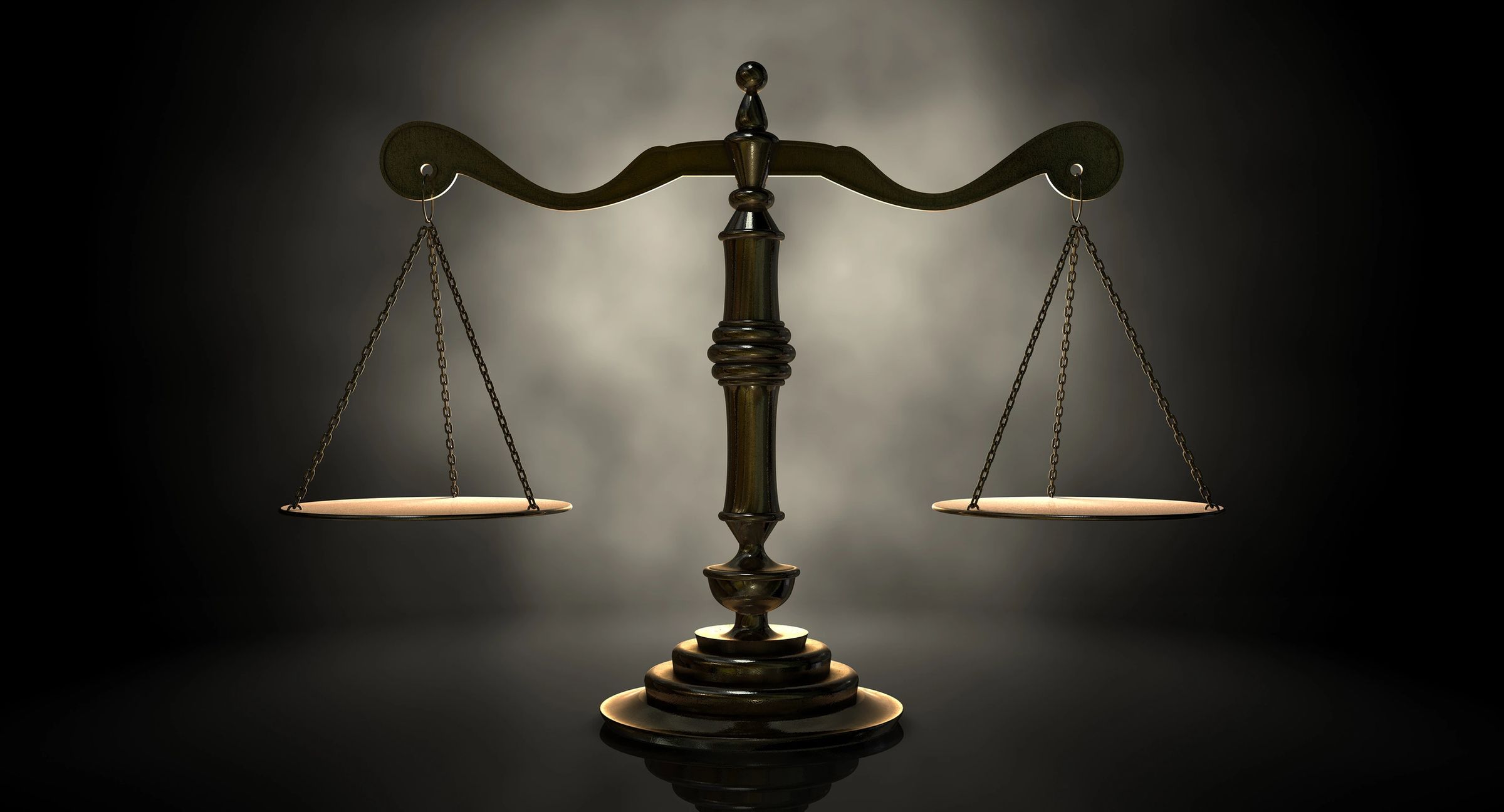What is Accounting? And Why is it Important?
Accounting oftentimes is misunderstood. Many people feel that it is a complex litany of tax codes and regulations that go well beyond an average person’s understanding. But, at its core, Accounting is the balance of financials. That’s it. Obviously, this balance can be as simple or as complex as the entity that you are dealing with. The Accounting for a large corporation is much more complicated than the accounting for a household. But the basic principles remain the same regardless of the entity. Once you understand that, you can begin to see the advantage of understanding and practicing basic Accounting in every aspect of your life.
Accounting is built upon this fundamental equation:
Assets = Liabilities + Owner’s Equity
Assets are what is owned (equipment, supplies, cash, property, accounts receivable)
Liabilities are what is owed (mortgage, loans, accounts payable)
Owner’s Equity is what the owner owns (percent of profits, investment)
Regardless of the situation, the equation must remain in balance.
A few examples:
- A person deposits his paycheck of $2,000 in his checking account.
Assets = Liabilities + Owner’s Equity {ASSUME: $0 (beginning balance in CASH)}
+$2,000 +$2,000
Explanation: the Asset “CASH” is increased by $2,000
the Owner’s Equity (personal money) is increased by $2,000
2. A business purchases a desk with cash for $300 for their office.
Assets = Liabilities + Owner’s Equity {ASSUME: $300(Beginning balance in CASH)}
-$300 (CASH
+$300 (DESK) 0 + +$300
Explanation: the Asset “DESK OR EQUIPMENT” is increased by $300
the Asset “CASH” is decreased by $300
3. A family purchases a car for $30,000 with $5,000 cash down and a car loan for the remaining balance of $25,000.
Assets = Liabilities + Owner’s Equity {ASSUME: $5,000 (beginning balance in cash)}
-$5,000 (CASH)
+$30,000 (CAR) +$25,000(LOAN)
Explanation: the Asset “CAR” increased by $30,000
the Asset “CASH” decreased by $5,000 (the cash down)
the liability of the car loan increased by $25,000 (the remaining balance)
The equation remains in balance – each side is increased by $25,000.
This fundamental equation must ALWAYS remain in balance.


